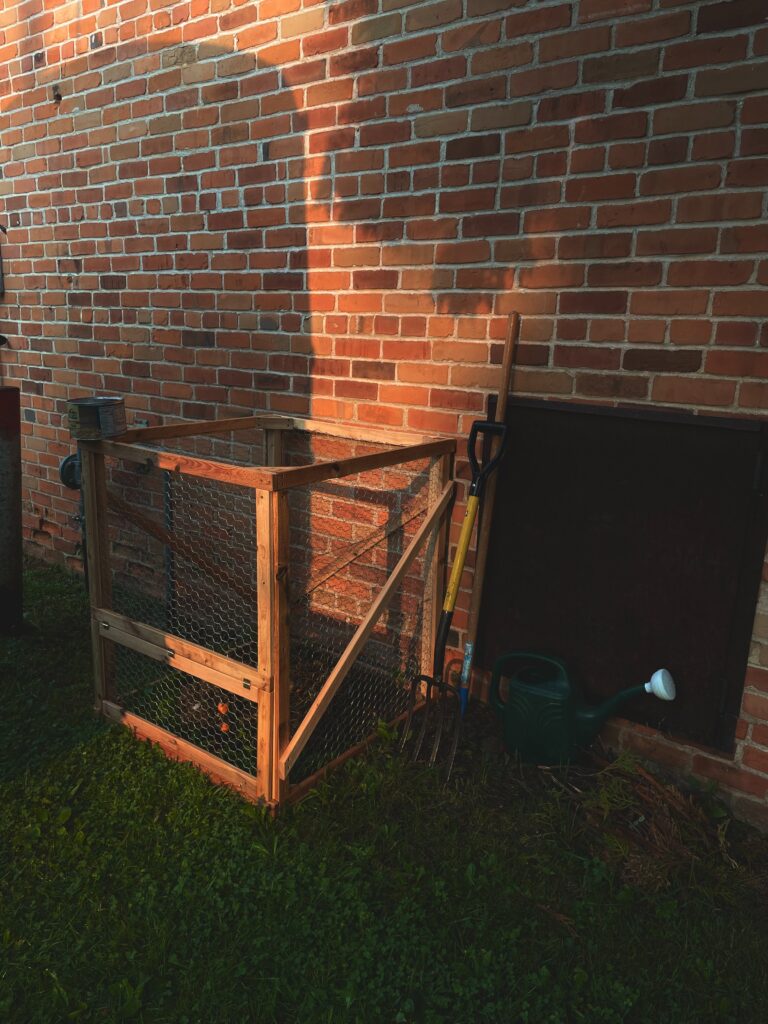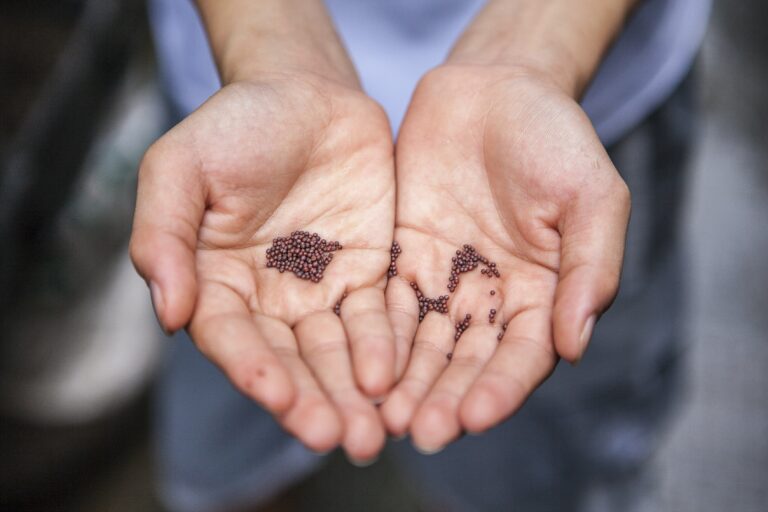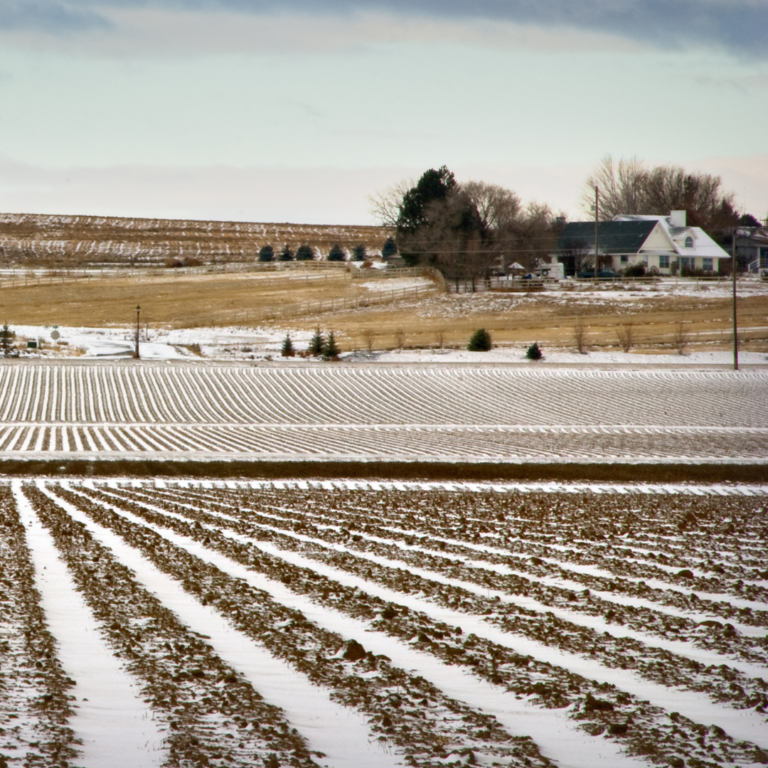How To Make A Homestead First Aid Kit
This post may contain affiliate links. Read the full disclosure here.
No matter how careful you are, there’s no way to completely prevent accidents or injuries on the homestead. From minor scrapes and bruises to more serious injuries like broken bones, you never know what will happen from day to day. It’s best to be prepared! Creating a homestead first aid kit takes a little bit of time and investment, but it’s well worth it. When you need your kit, you’ll be so glad to have it! Let’s take a look at how to make a homestead first aid kit and what you’ll want to include.

Why should you make a homestead first aid kit?
Not only do accidents tend to happen on the homestead, but when they do, it’s not always easy to get help right away. Most homesteaders live more than a few minutes from the city and from the nearest hospital. If an emergency arises, whether or not your family is prepared to respond immediately could make a big difference.
Of course, being prepared with a homestead first aid kit does not mean that you should be any less careful in taking precautions to not get hurt! Besides making your first aid kit, it’s important to make wise choices regarding how to safely complete homestead tasks.
For example, wear chaps when chainsawing, grab your steel-toe boots when moving heavy objects or working with untrustworthy animals, and wear a protective hat when you’ll be in the sun all day. The list could go on and on! All of these common-sense tactics are the best way to prevent unnecessary harm and keep you healthy and on track for all the tasks that you need to do each day.
Even with the best prevention techniques, though, accidents do happen! Some of the most common homestead mishaps include:
- Chainsaw accidents
- Kitchen burns
- Livestock injuries
- Broken bones
- Scrapes and cuts
- Sunburn
- Insect bites and bee stings
How to make a homestead first aid kit
You’ll want to keep your homestead first aid kit in a convenient location that the entire family knows about. When and if an accident does arise, any member of the family should be able to easily recognize and grab the kit.
Here are some of the most important items that you’ll want to collect.
1. First aid bag
Obviously, you’ll need to start with a well-marked first aid bag. The size you need depends on what you’ll want to keep in it (everyone has different preferences and needs). Just make sure that it’s obvious and easy to grab at a moment’s notice.
2. Bandages
Likely to be the most used item in your kit, start by stocking up on a variety of bandages. After you’ve stocked your kit, you may also want to keep a small collection in a few key areas, such as the kitchen and the barn.
3. Gauze rolls and gauze pads
Gauze rolls and pads have all kinds of uses, from helping to stop bleeding to protecting injuries from dirt and bacteria.
4. Medical tape
Medical tape can come in handy in a variety of ways, but taping gauze rolls and pads in place is probably the most common.
5. Nitrile gloves
Because many people have allergies to latex, having a few pairs of nitrile gloves on hand is the safest option.
6. Pain relievers
Such as ibuprofen and aspirin.
7. Honey
Honey has all sorts of uses, from soothing burns to promoting wound healing to helping with heatstroke.
8. Iodine
Iodine is helpful for disinfecting cuts and preventing infections.
9. Flashlight or headlamp
In case you have to care for a wound or injury in the dark, a flashlight or headlamp can be invaluable to have on hand!
10. Instant ice packs
If you can’t get to the freezer quickly, then instant, disposable ice packs will allow you to apply a cold compress right away.
Other assorted tools
- Scissors
- Tweezers
- Alcohol wipes
- Saline
- Thermometer
- EpiPen
- Needles
- Razor blade
- Herbal tinctures and salves
Other important ways to prepare for emergencies
Besides having your first aid kit on hand, here are a few other helpful ways that you can be prepared if an emergency arises.
Be informed about your healthcare insurance information
An emergency is not the time to try to understand how your healthcare insurance works. It’s best to know in advance what your insurance covers and to have your card ready to go.
Make a list of blood types and allergies
If you can, create a list of blood types and any known allergies for every member of your family. Even if you know this information already, it’s not always easy to remember details in stressful situations. In addition, this allows the information to be easily accessible to anyone who might need it.
Check your kit occasionally
Lastly, always make sure to keep your kit well stocked and ready to go. If you use any supplies, refill them right away. Check medications occasionally to make sure that they’re not expired or too low. Wash any reusable equipment after use, such as tweezers or thermometers.
What else is in your homestead first aid kit?
Have you found any other first aid items to be especially helpful around the homestead? Let us know in the comments if we missed any must haves!

See our Airstream Remodel Reveal here!






